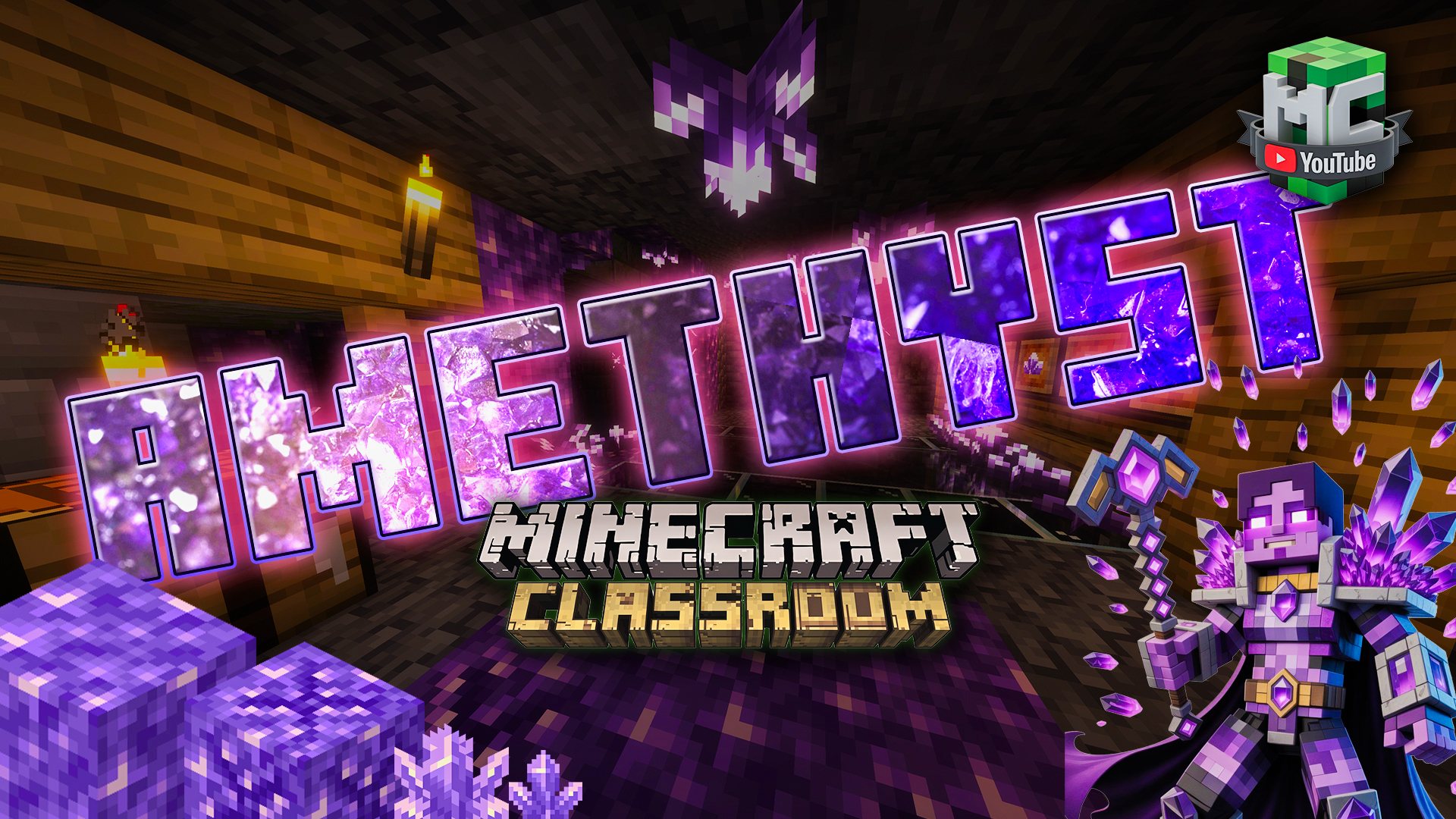
Snow in Minecraft: Nature’s Most Underrated Building Material
Walk through any snowy biome in Minecraft, and most players see nothing but white decoration. They’re missing one of the most ingenious survival materials on the planet. Snow isn’t just frozen water—it’s thousands of tiny air pockets that make it one of nature’s best insulators.
Real igloos can be 40 degrees warmer inside than outside, and the 4,000-year-old techniques used by the Inuit people prove that snow isn’t just a building material—it’s a complete survival system.
The Science of Snow as Insulation
Why Snow Keeps You Warm: Snow is mostly trapped air (up to 90% in fresh powder). Air is an excellent insulator, which means snow blocks heat transfer far better than solid ice or stone.
Real-World Applications:
- Animals burrow in snow for warmth during blizzards
- Snow caves can save lives in extreme weather
- Igloos maintain comfortable temperatures even in -40°F weather
- Snow blankets protect plants from freezing
Amazing Fact: Scientists have discovered that no two snowflakes are exactly alike. Each forms its own unique hexagonal crystal structure as it falls from the sky—just like how each Minecraft snowball represents something miraculous in nature.
Snow Collection: Tools Matter
Unlike most Minecraft blocks, snow demonstrates realistic tool requirements:
Bare Hands: Nothing drops (you might even get frostbite!)
Wood/Stone/Iron Shovel: Drops snowballs (4 snowballs = 1 snow block)
Silk Touch Shovel: Drops full snow blocks directly
This teaches us something profound about efficiency and strategy—just like real Arctic peoples had to be strategic about their tools and techniques for survival.
Building Authentic Igloos
The Inuit people perfected igloo construction over 4,000 years ago. Their techniques work perfectly in Minecraft:
Foundation Principles
- Circular Base: Circles distribute weight evenly, making them strongest for snow construction
- Spiral Construction: Each block leans slightly inward
- Keystone Block: Final block at top locks entire structure
- Entrance Tunnel: Cold air sinks, keeping warm air inside
Step-by-Step Construction
- Mark the Circle: Use blocks to outline foundation (8-10 blocks diameter)
- First Row: Place snow blocks in perfect circle
- Inward Lean: Each successive row leans slightly inward
- Spiral Pattern: Cut first row at angle, continue spiraling upward
- Final Block: Cap with keystone block from inside
- Entrance: Dig tunnel entrance below floor level
Interior Features
- Sleeping Platform: Raised area for warmth (heat rises)
- Storage Niches: Carved shelves in walls
- Oil Lamp Area: Central heating source
- Ventilation Hole: Small opening at top for air circulation
Snow Golems: Your Arctic Army
Snow golems represent one of Minecraft’s most unique defensive systems:
Construction: 2 snow blocks + 1 carved pumpkin = 1 snow golem
Combat Abilities:
- Throws snowballs at hostile mobs
- Snowballs deal knockback (no damage to most mobs)
- Effective against blazes (snowballs damage them)
- Can push mobs off cliffs or into traps
Environmental Limitations:
- Take damage in hot biomes (desert, nether, jungle)
- Leave snow trails in cold biomes
- Need protection from rain (melts them)
Building Snow Golem Armies
Mass production techniques:
- Assembly Line: Pre-craft all components
- Strategic Placement: Position for optimal defensive coverage
- Support Systems: Provide shelter and repair materials
- Command Centers: Central locations for monitoring golem armies
Arctic Settlement Design
Creating authentic cold-climate communities:
Village Layout
- Central Common Area: Protected space for community activities
- Defensive Perimeter: Snow walls with golem guard posts
- Connected Structures: Tunnel systems between buildings
- Resource Storage: Community food and material caches
Individual Structure Types
- Family Igloos: Living spaces with sleeping and cooking areas
- Storage Igloos: Food preservation and equipment storage
- Workshop Igloos: Crafting and tool maintenance
- Community Igloo: Large gathering space for group activities
Infrastructure Elements
- Pathways: Snow-lined routes between structures
- Drainage: Systems for managing snowmelt
- Lighting: Strategic torch placement for safety
- Defenses: Walls, gates, and defensive positions
Advanced Snow Building Techniques
Layered Construction: Use different snow-related blocks for variety:
- Snow blocks for main structure
- Snow layers for fine detail work
- Packed ice for foundations
- Regular ice for windows
Architectural Details:
- Snow Stairs: Create realistic stepped entrances
- Snow Slabs: Half-height elements for platforms
- Snow Walls: Fence-like structures for boundaries
- Mixed Materials: Combine with stone and wood for contrast
Realistic Weathering:
- Slightly uneven walls (real snow construction isn’t perfect)
- Strategic gaps (ventilation and realistic wear)
- Accumulated snow (layers and drifts)
- Ice formations (icicles and frozen elements)
Snow in Survival Strategy
Early Game Applications:
- Quick shelter construction in cold biomes
- Cheap defensive walls against mobs
- Snow golems for base defense
- Camouflaged structures in snowy biomes
Resource Management:
- Infinite renewable resource in snowy biomes
- No fuel cost for collection (unlike smelting)
- Lightweight building material
- Easy to repair and modify structures
Tactical Advantages:
- Blends with natural terrain
- Quick construction for temporary shelters
- Sound dampening properties
- Psychological impact on other players
Environmental Integration
Biome-Specific Designs:
- Tundra: Low-profile structures to minimize wind exposure
- Taiga: Combine snow with spruce wood elements
- Ice Spikes: Incorporate natural ice formations
- Frozen Ocean: Build on ice sheets with snow accents
Seasonal Considerations:
- Snow structures work year-round in cold biomes
- Can create “winter” areas in temperate zones
- Seasonal decorations using snow elements
- Weather-resistant construction techniques
The Real Inuit Connection
The Inuit people (indigenous Arctic masters) didn’t just survive the Arctic—they turned it into home through incredible snow engineering:
Traditional Techniques:
- Snow Knife: Special tools for cutting precise snow blocks
- Block Selection: Different snow densities for different purposes
- Thermal Dynamics: Understanding heat flow in snow structures
- Community Planning: Village layouts optimized for Arctic conditions
Modern Applications:
- Emergency shelters for winter survival
- Arctic research station construction
- Winter camping and outdoor recreation
- Educational programs about indigenous knowledge
Snow Golem Warfare Tactics
Defensive Formations:
- Perimeter Guard: Golems positioned around base edges
- Chokepoint Control: Concentrated firepower at entrances
- Elevated Positions: Tower-mounted golems for range advantage
- Mobile Reserves: Golems that can respond to threats
Combined Arms Tactics:
- Snow golems + iron golems for balanced defense
- Golem armies + player-controlled weapons
- Traps and golems working together
- Environmental hazards + golem positioning
Specialized Roles:
- Scouts: Forward-positioned golems for early warning
- Artillery: Long-range golems for area denial
- Crowd Control: Golems designed to manage large groups
- Specialists: Anti-blaze golems for Nether operations
Advanced Project Ideas
- Arctic Research Station: Modern base with multiple specialized buildings
- Inuit Village: Historically accurate settlement with cultural elements
- Snow Fortress: Military installation with integrated defenses
- Ice Hotel: Luxury accommodation carved from snow and ice
- Polar Expedition Base: Supply depot for Arctic exploration
- Winter Sports Complex: Recreational facilities using snow mechanics
- Emergency Shelter Network: Connected survival structures
Troubleshooting Snow Construction
Structural Issues:
- Collapsing Domes: Ensure proper inward lean on each row
- Gap Problems: Use snow layers to fill small spaces
- Uneven Appearance: Embrace imperfection for realism
Golem Management:
- Golem Wandering: Use leads or enclosed areas for control
- Environmental Damage: Protect golems from rain and heat
- Replacement Systems: Keep spare materials for golem repairs
The Physics of Snow Structures
Load Distribution: Snow structures work because they distribute weight evenly across curved surfaces
Compression Strength: Snow becomes stronger under compression, similar to how real snow consolidates
Thermal Properties: Understanding how snow insulates helps design better structures
Cultural and Educational Value
Teaching Opportunities:
- Indigenous knowledge and survival techniques
- Physics principles in architecture
- Environmental adaptation strategies
- Historical construction methods
Respect and Understanding:
- Acknowledge indigenous origins of techniques
- Understand the ingenuity required for Arctic survival
- Appreciate the connection between environment and architecture
- Recognize snow as sophisticated building technology
Modern Snow Engineering
Contemporary applications of snow construction:
- Ice Hotels: Temporary structures rebuilt annually
- Winter Festivals: Elaborate snow sculptures and buildings
- Military Applications: Camouflaged winter fortifications
- Emergency Shelters: Survival training and disaster response
- Recreational Structures: Snow forts and winter playgrounds
The Zen of Snow Building
There’s something uniquely peaceful about working with snow in Minecraft. Unlike the explosive mining of other materials, snow construction requires patience, planning, and respect for natural forms.
The process teaches us about working with natural materials, understanding environmental conditions, and creating structures that exist in harmony with their surroundings rather than dominating them.
Sustainability and Snow
Renewable Resource: Snow regenerates naturally in cold biomes
No Environmental Impact: Snow construction doesn’t require fuel or create waste
Biodegradable: Snow structures return to nature when abandoned
Local Materials: Use resources available in immediate environment
Final Thoughts
Snow in Minecraft isn’t just a decorative element—it’s a gateway to understanding one of humanity’s most ingenious survival technologies. From the engineering principles of igloo construction to the tactical deployment of snow golem armies, snow offers gameplay depth that most players never explore.
The Inuit people transformed the Arctic from a hostile wasteland into a livable homeland through their mastery of snow construction. In Minecraft, we can learn from their 4,000-year-old wisdom while adding our own creative innovations.
Every snow block you place connects you to this incredible heritage of human adaptation and ingenuity. Whether you’re building for survival, defense, or pure aesthetic beauty, snow teaches us that the most abundant materials are often the most overlooked.
Remember: the most extreme places on Earth can become the coziest homes when you understand the science of snow.
Have you built any snow structures inspired by real Arctic architecture? Share your igloo villages, snow fortresses, and golem armies in the comments below!

